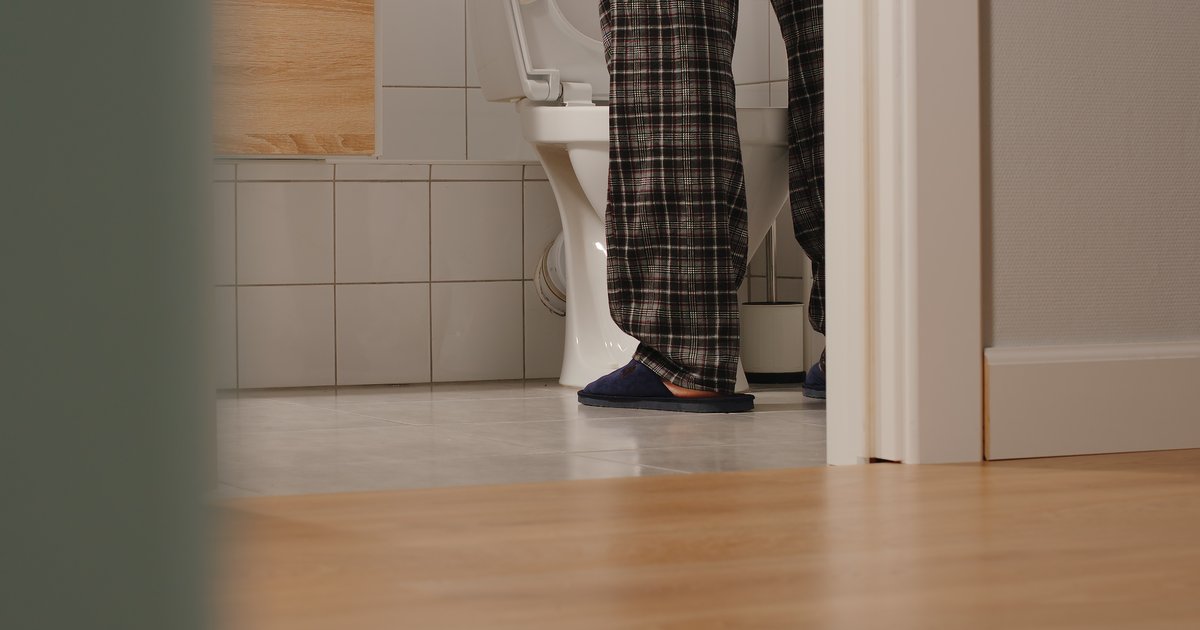
If you know every public bathroom in town…If leaping out of bed to pee is routine…If you’d like a kinder, gentler treatment option for an enlarged prostate…keep reading.
Meet Bob, age 75. He wanted to put an end to his bathroom sprints and finally deal with his enlarged prostate. Benign Prostatic Hyperplasia (BPH) is a common condition in older men where the prostate gland enlarges and causes urinary problems. “The medications stopped working for me, so I did my homework. I wanted a procedure that didn’t involve an overnight hospital stay. And I didn’t want to go home with a catheter.”
Bob’s symptoms were typical of men with an enlarged prostate. “I was getting up a couple of times during the night to pee. Before I’d leave the house I’d pee, then I’d wait awhile to try one more time to completely empty my bladder. And when I got to my destination I almost always had to pee again.” Returning home usually meant a mad dash to unlock the door and get to the toilet again.
Prostate Artery Embolization (PAE) checked all the boxes
While embolization procedures have been safely performed by interventional radiologists for decades, they are now being used more widely as a proven, minimally invasive treatment for enlarged prostates.
“PAE is minimally invasive, so it involves making one tiny incision instead of a large incision,” explains Dr. David Feldstein with MidLantic Urology’s Interventional Radiology Center in Chesterbrook. “It requires just moderate sedation, no stitches, no catheter, it’s performed in an outpatient setting, and recovery is significantly quicker compared to traditional BPH surgery.”
How PAE works
Prostate Artery Embolization is a 60- to 90-minute outpatient procedure:
Through a small incision in the wrist or groin, the interventional radiologist inserts a thin tube into the arteries supplying the prostate.
Tiny beads (microspheres) are injected through the catheter into these arteries. Then the tube is removed.
The beads reduce blood flow to the prostate, causing it to shrink over time.
As the prostate shrinks, pressure on the urethra is relieved, allowing normal urinary flow to return.
By one month, most men experience significant improvement in symptoms, and by three months, many can stop taking prostate medications altogether.
“Studies show an 85–90% success rate for PAE, and unlike some other treatment options, it does not cause sexual side effects,” says Dr. Feldstein. “It’s incredibly rewarding when patients come back and tell me they’re sleeping through the night again and no longer running to the bathroom. Their quality of life improves dramatically.”
Is PAE right for everyone?
While PAE isn’t the best choice for every patient, Dr. Feldstein notes that most men with an enlarged prostate are candidates. “Out of a hundred patients, maybe 10–15 don’t get the full result we hope for,” he says. “That’s why collaboration between interventional radiologists and urologists is so important – to determine who will benefit most from PAE or whether another treatment might be better.”
A solid night’s sleep, stronger urine stream
Seven weeks after his PAE procedure, Bob happily reports his life has returned to normal. “When I left the outpatient center, they told me to avoid lifting and take it easy for a few days,” says Bob. “After relaxing for four days, I went out for the first time to the store and didn’t have to use the restroom the entire time I was gone. I felt completely comfortable.” Within four weeks Bob reports he was getting a solid night’s sleep and had a stronger urine stream.
“The team at MidLantic Urology was great. They explained everything beforehand and there were no surprises. If I had a friend who was considering PAE I’d tell them to consult with their MidLantic urologist. If the doctor recommended it, I’d tell them to go for it.”
Watch this brief video to learn more about PAE.
About MidLantic Urology
MidLantic Urology is one of the country’s largest and most innovative providers, combining top urology specialists with clinical research and state-of-the-art technology. The group has more than 100 providers working in 42 locations throughout Philadelphia and surrounding counties. It pioneers research and establishes nationally recognized centers of excellence focused on subspecialties, including BPH, prostate cancer, kidney stones, and female pelvic medicine. To learn more about MidLantic Urology, visit midlanticurology.com.
For more information, schedule an appointment with your urologist.
Original source: us